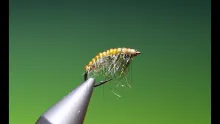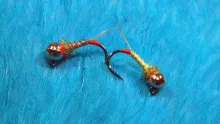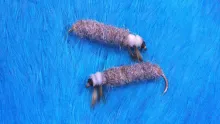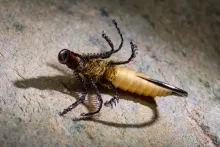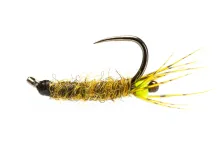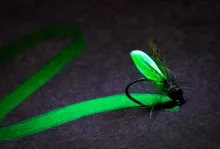The larvae of a number of species of caddis flies build protective cases from pieces of sand, twigs and plant stems. There are many fly patterns designed to imitate cased caddis larvae, some of which use simple dubbing or herl bodies, while others seek to imitate the case more closely using clipped deer hair or bits of sand and gravel glued onto the hook shank.
The TTCC is tied using short segments of tungsten rubber and plastic sink tubing used by carp anglers to sink their rigs. Threaded onto copper wire and wound over a dubbed body, the tubing gives a good imitation of a caddis case built from plant stems and gravel, as well as adding a bit of extra weight to the fly.
The fly can be tied in different weights by changing the bead weight, tying without a bead and by changing the relative amounts of the two types of tube used to wind the case.
Thanks for watching.
- Log in to post comments

